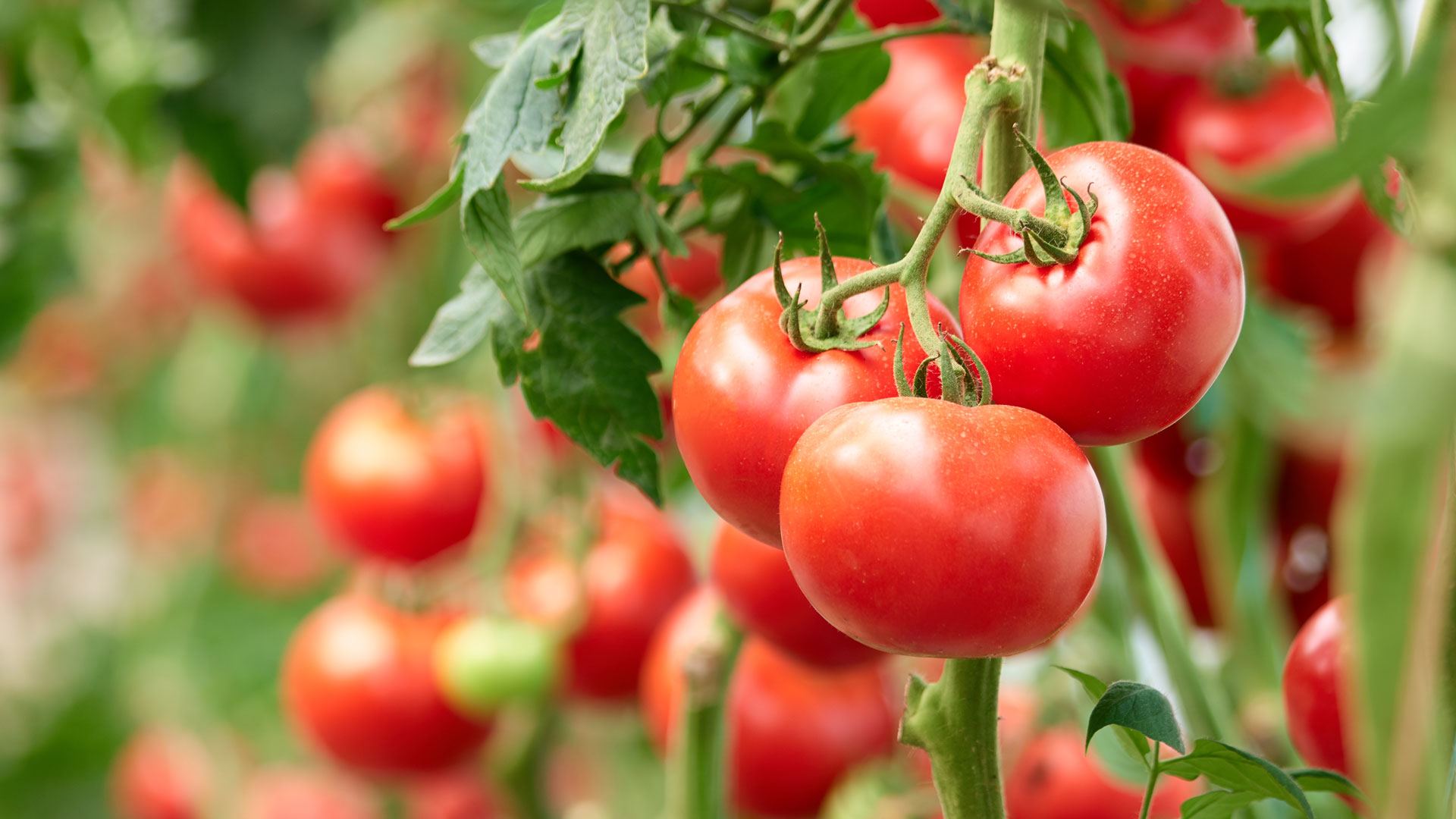
Vegetables
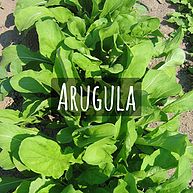
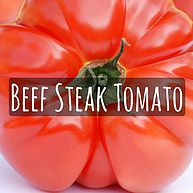
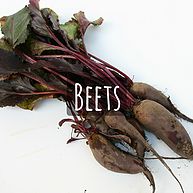
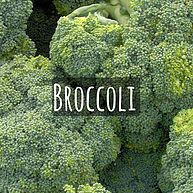
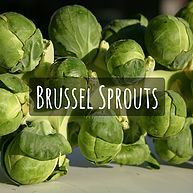
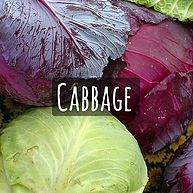
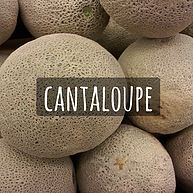
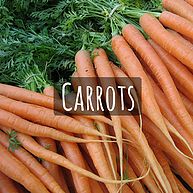
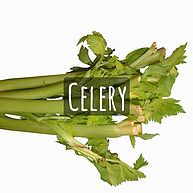
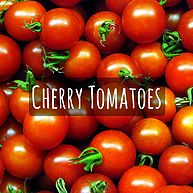
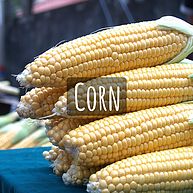
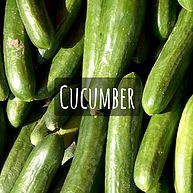
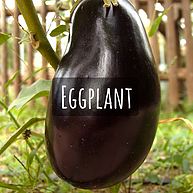
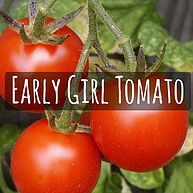
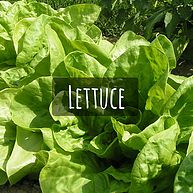
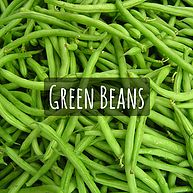
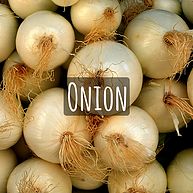
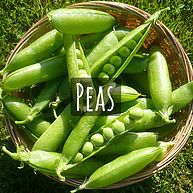
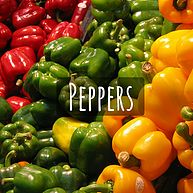
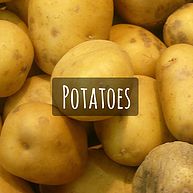
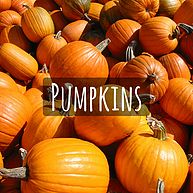
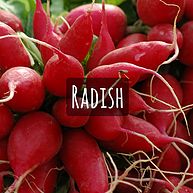
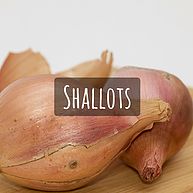
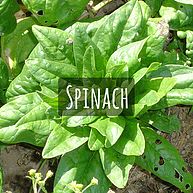
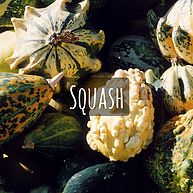
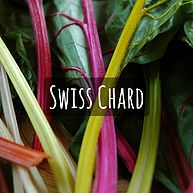
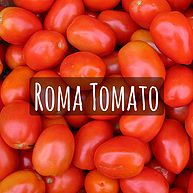
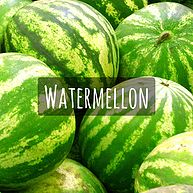
Deals
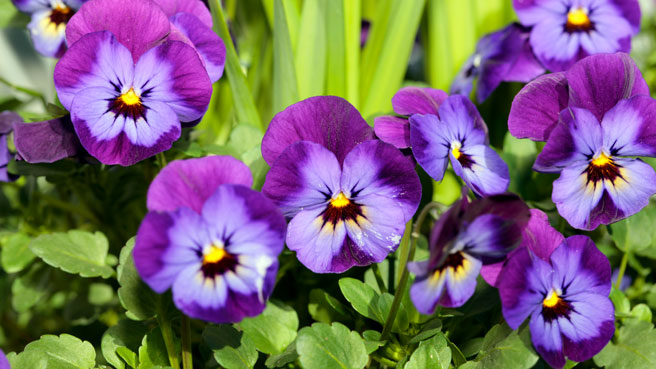
Valid July 1-31, 2024
Get ready to bloom with savings! Mark your calendars because our July sale at the garden center is here! From July 1st to 31st, enjoy a fabulous 10% off on all Annuals! Whether you're filling your garden beds, pots, or hanging baskets, now's the perfect time to add a pop of color and charm to your outdoor space. Don't miss out on this blooming good deal!

Valid July 1-31, 2024
Get ready to bloom with savings! Mark your calendars because our July sale at the garden center is here! From July 1st to 31st, enjoy a fabulous 10% off on all Annuals! Whether you're filling your garden beds, pots, or hanging baskets, now's the perfect time to add a pop of color and charm to your outdoor space. Don't miss out on this blooming good deal!
Staff

Store Manager – Littleton
Over 30 years with O’Toole’s! A true gardening expert! Email Chris Favorite plant: Evergreen
Blog
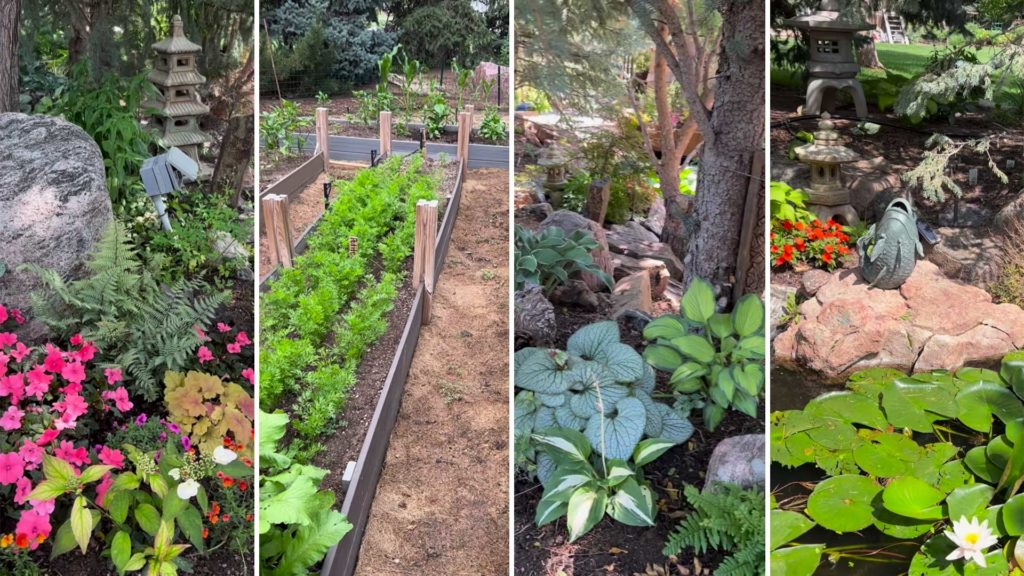
Thank you to everyone who participated in the 2023 Garden Giveaway contest! It’s so fun to see how your gardens take shape after meeting you while shopping in our stores. First Place @js_customs8 View this post on Instagram A post shared by John (@js_customs8) “I’ve been working on my garden and landscape for 25 years,” says JS, …

Did you know that after May 2, there’s a still 50% chance of frost in Denver? Don’t let that stop you from getting your garden started now! O’Toole’s offers frost blankets and other products to help protect your plans from hard freezes. If you’re a vegetable gardener, we recommend this Insulated Plant Protector/Mini Greenhouse from Dalen. Tubes of water to insulate young …
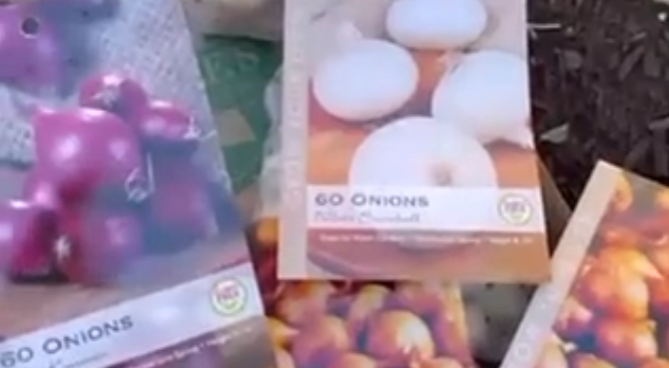
As the weather turns colder, many gardeners are ready to pack up their tools and wait until spring to start planting again. But why wait when you can start growing delicious winter crops? At O’Tools, you can find a variety of bulbs and plants perfect for winter gardening, including shallots, onions, and garlic. When planting shallots, it’s important to remember …
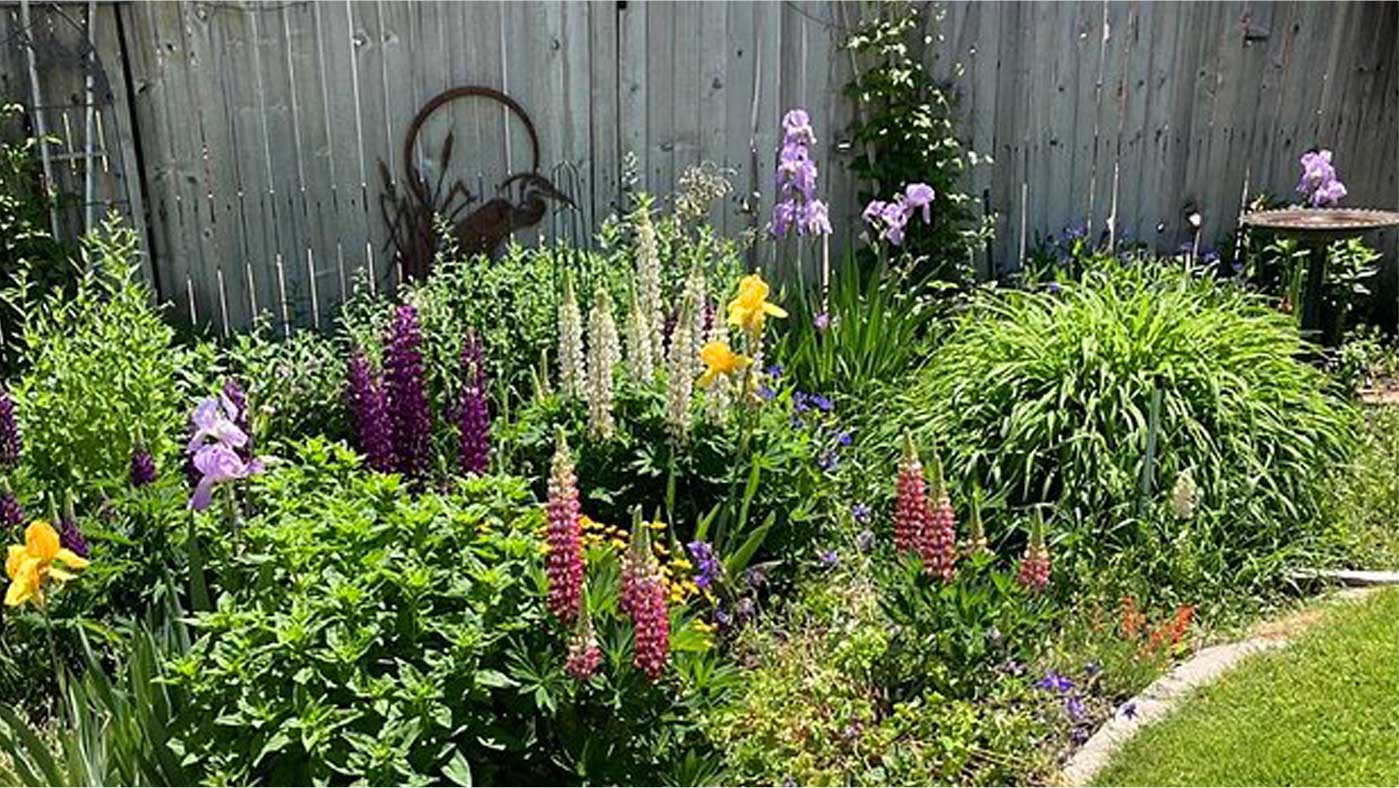
2020 Garden Giveaway Winners!
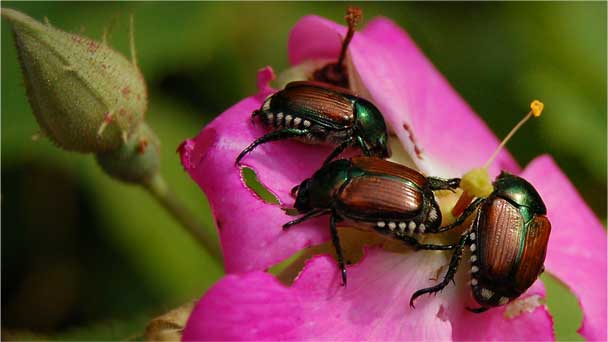
A vegetable garden is healthy, economic and a whole lot of fun! Here at O'Toole's, we've found that a lot of people would love to grow their own veggies but they just don't know where to begin. So we've compiled some simple tips and tricks to help you grow some of the most popular garden vegetables. From when to plant and when to harvest to care and feeding, these simple tips will have you growing tasty, healthy vegetables in no time!

Select a cool location that is at least partly shaded
Space 3”-4” apart
Use plenty of water during hot weather – bolts quickly in hot weather
Can produce multiple crops if careful not to uproot plant
Cut plants near ground level with scissors when leaves are 2 – 4” long

Start indoors 6 – 8 weeks before last average frost date. Transplant outside after last average frost date but protect with Wall-O-Water
When planting outside, bury plant to first set of leaves
Keep fairly moist – 1” of water per week when hot
Heavy feeder – likes plenty of calcium and phophorus to prevent blossom end rot
Harvest when firm and fully colored

Thinning is important and don’t let the ground crust over
Harvest the tops but leave at least 2” of foliage
Harvest the roots when they are 2 -4” in diameter
The smaller the root the more tender the plant

Companion plants – Carrots, Lettuce, Dill, Rosemary, Nasturtium, Spinach, Swiss Chard
Harvest when the main head is 3” in diameter, this will encourage side heads
Harvest before it flowers and then harvest 4 – 6” of the stem
E- at fresh or blanch for 3 minutes. Then dunk in ice water and hand dry. Put in freezer bags.

Harvest when leaves start to yellow
Snap off little sprouts at the bottom first, this is best done when slightly smaller than a golf ball
Leave little sprouts on upper half of plant to mature

Companion Plants - Herbs, Marigolds, Beets and Beans
Not compatible with Strawberries, Grapes or Tomatoes
Harvest heads as soon as they are well developed, they should feel firm and solid when squeezed
If they are left in the ground too long the head will be subject to disease and splitting

Sow directly in the soil
If using protection like Wall-O-Water, plant at the end of April
Melons love heat, and they love to be planted in mounds
2 seeds per mound
Harvest melons when: color between surfaces is brown - not green
The blossom end has a fruity aroma
A crack forms on the stem right from the point of attachment

Planting when it is too hot will produce all tops and no bottoms
When harvesting do not let the carrots get larger than normal size
Freeze carrots in a Ziploc bag after scrapping and blanching for 2 minutes

For spring crops, start plants in doors 10 weeks before last frost date (May 15th)
Keep your plants warm (about 70 degrees) well watered and well fertilized
Transplant outside when temperatures are above 55 degrees
Blanching will help reduce bitterness and improve color
Harvest when plant reaches desired height, cutting plant off at the soil line

Transplant outside after last average frost date but protect with Wall-O-Water
Keep fairly moist – 1” of water per week when hot
Heavy Feeder – likes plenty of calcium and phosphorus to prevent blossom end rot
Harvest when firm and fully colored

Corn does not transplant well
Sow directly into the soil
Corn is a heavy feeder, fertilize often
Harvest when husks are dark green and the silks are brown

You can plant earlier if you use Wall-O-Water
Don’t let cucumbers get too big
Vines will stop producing if mature cucumbers stay too long on the vine
Use early smaller fruit for pickles
Constantly pick off small sized fruit
Cut off vine – Do not break off
Once picked, immediately immerse in cold water to disperse field heat
This will also increase quality and life or picked fruit

Put plants in the ground after the danger of frost has passed
Place these plants among your other flowers for a different look
Harvest when they have developed some color
Pick them small, or if you like your eggplant larger, pinch off some of the terminal growth

Start indoors 6 – 8 weeks before last average frost date, transplant outside after last average frost date but protect with Wall-O-Water
When planting outside, bury plant to first set of leaves
Keep fairly moist – 1” of water per week when hot
Heavy feeder – likes plenty of calcium and phophorus to prevent blossom end rot
Harvest when firm and fully colored

Companion plants – Onions, beets, garlic, carrots
When harvesting, shear to 2” above ground when plant is about 10” in diameter or pick individual leaves at anytime
The plant will re-grow
The earlier the harvest, the more tender the crop

Use an inoculant
Harvest when pod snaps or breaks cleanly
If you wait too long, the bean will get tough and stringy
Freezing – Blanch for 3 minutes and put in Ziploc bag
Stores up to 12 months

Trim or harvest tops about halfway for larger bulb production
Soil should be loose, rich and well drained
A raised bed is preferable
Harvest in fall when leaves start to turn yellow

Pre-soak seed for 24 hours and treat them with an inoculant
Harvest snow peas before the seeds start to form
Peas that are too mature will stop the plant from producing
Harvest shelling peas when the pods are plump, about 3 weeks after flowering

Pepper Plants will get stunted if they get too cold
Peppers are heavy feeders so fertilize often
Peppers are ready to pick when they reach a good size
Wait until they turn yellow or red for richer flavor
Add gypsum to the soil to help prevent blossom end rot

Plant on Good Friday for New Potatoes on the 4th of July or when the plant begins to bloom
Harvest after the first frost for larger potatoes
Put the plant down about 10 – 12”
As the plants begin to grow, fill in the hole

Pumpkins don’t transplant well
Harvest when the shell has hardened, usually after the first frost
Use Neem Oil periodically throughout the season to prevent bugs and powdery mildew
Don’t wait until the fungus is on Pumpkins because then you need to spray and remove the infected leaves

Companion plants – Lettuce, Swiss Chard, Arugula
Best if they are harvested when they reach full size or slightly earlier, usually 4 – 5 weeks after sowing
If left too long, they will be weedy tasting

Harvest the tops after 60 days and new bulbs in late summer or early fall when the shoots turn yellow and die

Spinach doesn’t transplant well
Sow approximately ½” deep and 2” apart in wide rows
For a continuous harvest, sow continuously every 2 weeks until daytime temperatures average above 75 degrees
Cover seeds with a fine soil and keep evenly moist until germination
Thin out seedlings to 6” apart when 4” tall to prevent bolting
Harvesting by pulling the entire plant when leaves are still young

Use Neem Oil periodically to prevent bugs and fungus.
Harvest Summer Squash early and often – don’t let the fruit get too big
Harvest Winter Squash after first or second frost
It cannot be over ripe but can easily be under ripe
Harvest when you can’t dent skin with your fingernail

Plant ½” deep and 2” apart and keep evenly moist
Loves high nitrogen fertilizers, we suggest 15-5-10 or equivalent
If plant sends up a seed stalk, pull up and re-plant immediately as a fall crop
Harvest when leaves are 10” or shorter

Transplant outside after last average frost date but protect with Wall-O-Water
When planting outside, bury plant to first set of leaves
Keep fairly moist – 1” of water per week when hot
Heavy feeder – likes plenty of calcium and phosphorus to prevent blossom end rot
Harvest when firm and fully colored

Plant likes being moist but do not water the tops of the plant
Heavy Feeder – fertilize every 4 – 6 weeks with a good water-soluble fertilizer
Harvest when you see a creamy golden color
